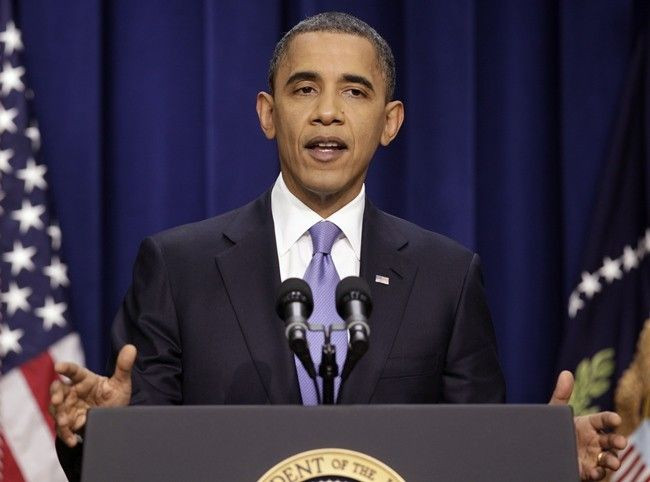US economic outlook 2011

Many economists believe that US economy will continue to grow around 3.5 percent in 2011, led by pickup in consumer and business spending. The extension of Bush-era rate cuts will add moderately to GDP growth, while at the same time as increasing the budget deficit.
US economy grew just less than 3 percent and unemployment hovered just below 10 percent for the year 2010, while stock markets recorded good gains with the S&P 500 rose about 12 percent, the Dow gained more than 10 percent and Nasdaq advanced around 16 percent.
Economic growth:
US economy is expected to grow around 3.5 to 4 percent range in the year 2011 compared to just under 3 percent growth recorded in the year2010. The economy will derive more of its growth from revived consumer and business spending and Personal consumption expenditure (PCE).
Consumer spending accelerated to 3 percent in the third quarter of 2010 compared to 2 percent pace in the previous quarters. Economists forecasting that it could accelerate up to 4 percent in the fourth quarter on back of strongest holiday season since 2005. But at present consumer confidence remains at low so there is a much scope to improve in sentiment which will improve consumer spending.
PCE is contributing between 0.7 percent and 2 percent to overall growth. The component has gained for five consecutive quarters and is expected to grow around 1.9 percent in 2011.
On the other side, financial contagion from Europe, budget problems at state and local governments, and falling house prices all could lead to slower U.S. growth.
Employment:
With around 3.5 percent expected growth in 2011 would probably be enough to bring the 9.8 percent November unemployment rate down only to about 9 percent. The Labor Department said that initial jobless claims fell to their lowest level in almost two-and-a-half years, suggesting the labor markets might be improving.
The unemployment rate may also face upward pressure even as the economy strengthens as many Americans giving up looking for work on due to the weak job market. If the economy strengthens they may rejoin the labor force but cannot find jobs immediately, which would boost the unemployment rate.
To achieve the unemployment rate equal pre-crisis levels the decline in manufacturing sector must be reversed. The size of the manufacturing sector has shrunk dramatically, and manufacturing employment is down to about two-thirds of its 2000 level.
Interest rates:
Interest rates are expected to continue at low levels for an extended period of time. The Fed funds rate will stay at 0-0.25 percent throughout the year as policymakers have stated clearly that it may 3-4 years for unemployment rate to return to acceptable levels.
On the other side, by keeping interest rates at all-time low levels, the U.S. faces the potential for a second major financial crisis. If the governments continue with near zero level interest rates it increases the chance that governments will over-borrow and fall into a debt trap.
Inflation:
Stronger U.S. economy and rising commodity prices will drive inflation up around 2 percent or more in 2011compared to 1 percent in 2011. Inflation is currently running at 1 percent (year-over-year), roughly half the rate that the Fed is targeting. The Fed has an implicit inflation goal of 2 percent.
The Fed's November 3 decision to buy an additional $600 billion worth of government bonds to stimulate the economy and prevent prices for spiraling lower would probably cause inflation excluding food and energy to exceed 2 percent by 2012.
Housing Sector:
Housing sector is the one area need to improve a lot as it has been dragging the economy for the four straight years. But in third quarter residential investment constituted its lowest proportion of overall economic activity suggest that any further contract in the sector will show minimal impact on the growth.
The simple truth is that the economy is not strong enough to support a decent recovery in housing demand. The unemployment rate remains high, income growth remains low. It may take years for excess housing inventory to be weeded out, but eventually those vacant homes will be filled up and construction activity will need to rise.
© Copyright IBTimes 2024. All rights reserved.




















